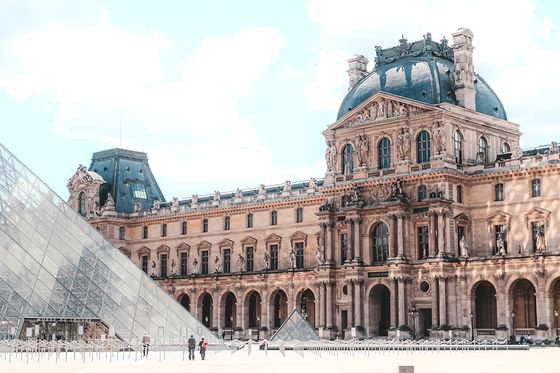Hygge: The Danish way of life
Have you heard of hygge? This one little word, pronounced hoo-gah, sums up a key element of Danish culture, and it’s not easy to translate. Find out more about hygge and why you don’t have to travel to Denmark to experience it.
Have you heard of hygge? This one little word, pronounced hoo-gah, sums up a key element of Danish culture, and it’s not easy to translate. Coziness, warmth, contentment, and togetherness—these terms just scratch the surface of what hygge is all about. Read on to find out more about hygge and why you don’t have to travel to Denmark to experience it.

What is hygge?
With roots in the Norwegian word for well-being, hygge is a concept that can’t quite be translated into a word or two. The official travel site for Denmark states that, “it’s a feeling, an experience, a sensation. It means creating a warm atmosphere. It is enjoying the good things in life with good people.”
Coziness is a very rough translation that hints at what hygge is. Sitting by a crackling fireplace after a day of skiing, reading a book while sipping coffee in your favorite comfy chair, sitting around the table with a group of friends and family—all these things can be interpreted as hygge.
The link to happiness
Hygge has long been an essential part of Danish everyday life. In “The Little Book of Hygge,” Meik Wiking shares the potential connection between hygge and happiness. “Danes are the happiest people in Europe according to the European Social Survey, but they are also the ones who meet most often with their friends and family and feel the calmest and most peaceful,” he writes. Since hygge is all about taking a break from life’s stresses and finding contentment in the present moment, it makes sense that activities associated with hygge lead to feelings of happiness, comfort, safety, and relaxation.
Bringing hygge home
Have some candles, a book, and board games? Then you already have some of the key ingredients for hygge on-hand. You can hygge solo, but it’s often best done with a small group of close friends and family. A hygge gathering can be anything from a potluck dinner party to a movie night to a day spent cooking with friends. To turn up the hygge on any gathering, add a fireplace, cozy blanket, candles, and warm beverages like coffee or hot chocolate.
The Danish language has a lot of other words to describe different types of hygge. A few of our favorites? Søndagshygge (hygge that happens on a Sunday), kaffehygge (coffee and hygge—a perfect pair), and hyggekrog (a cozy nook in the corner of a room that’s often filled with blankets and cushions).
The season for hygge
Cold weather calls for all things hygge: think scarves, blankets, wool socks, and sweaters. In Denmark, hygge is especially important during the winter, when each day feels shorter and darker than the last one. The holiday season is one of the most important times for hygge, as groups of friends and family gather to celebrate while snow falls outside. One of Copenhagen’s hygge hot spots is Tivoli Gardens, which is beautiful year-round but particularly stunning when filled with festive sparkling lights to welcome December and the new year.
There is, of course, a place for hygge during the spring and summer months in Scandinavia as well. Warm-weather hygge can be time spent outdoors hiking, enjoying nature, or having a picnic.
Hygge in other languages
While there isn’t a word that captures the unique essence of hygge in English, some other terms in foreign languages come closer. In his book, Wiking explains that the Dutch use the noun gezelligheid to express a similar concept, but it carries a slightly more social meaning. (Gezelligheid tends to be experienced when going out, while hygge more often takes place at home.) He also writes, “Germans use the word Gemütlichkeit to cover the state of warmth, friendliness, and belonging, and often to describe the atmosphere at a German beer garden.” One thing that separates Danish hygge from the others is its use by the Danes as a verb, as in, “Want to come over and hygge tomorrow?”
Have you heard of the Danish word hygge before? Have any tips for how to hygge at home? Let us know on our Facebook page.







)





























































































